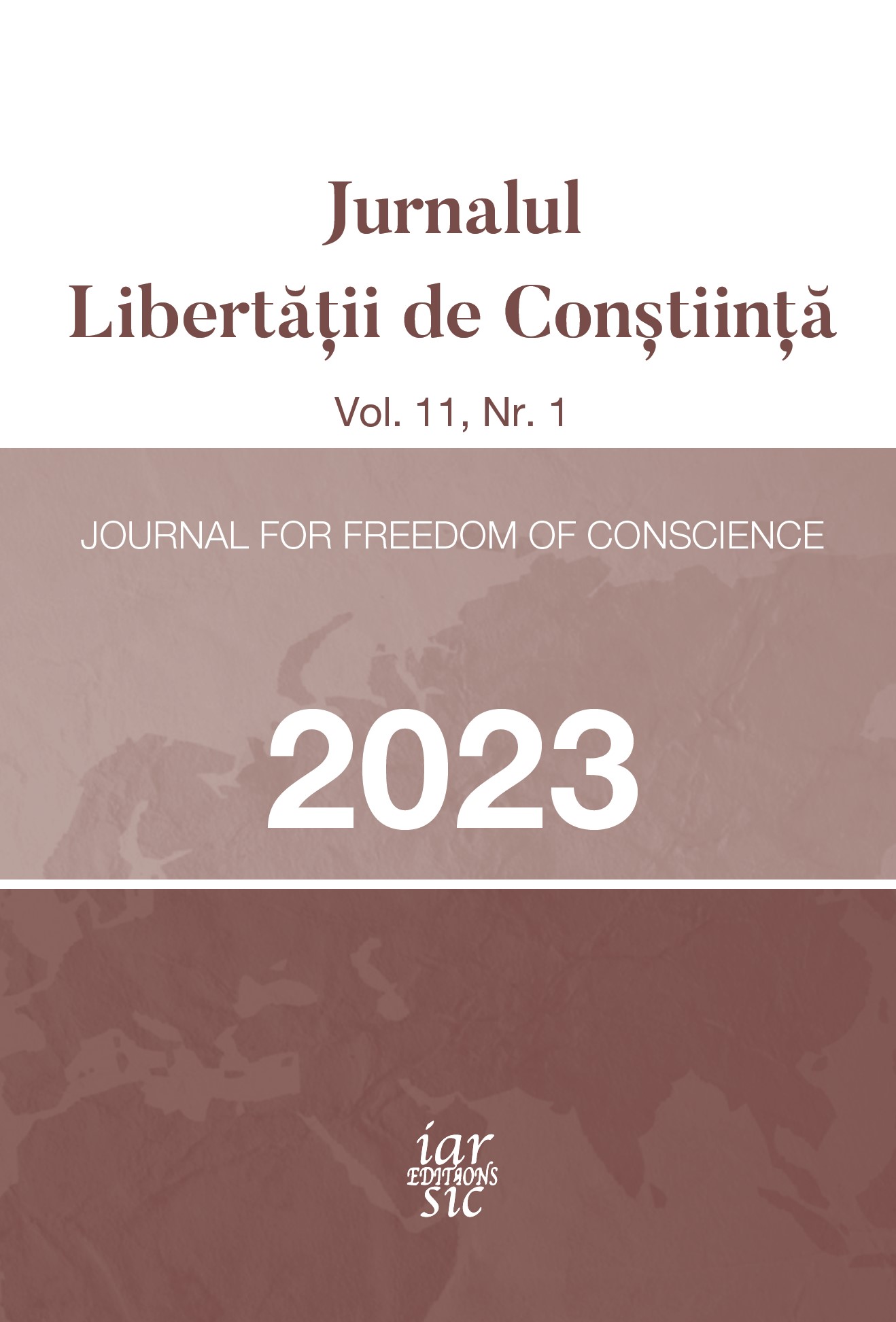COMPREHENSIVE CRIMINOLOGY:
A HEURISTIC PERSPECTIVE ON PARTICIPATION AND PLURALITY IN GROUP AND ORGANIZED CRIME
Comprehensive Criminology: A Heuristic Perspective on Participation and Plurality in Group and Organized Crime
Author(s): George Mircea BotescuSubject(s): Law, Constitution, Jurisprudence, Sociology of Law
Published by: Editions IARSIC
Keywords: Comprehensive Criminology; Heuristic Perspective; Participation and Plurality; Subjective Criminal Intent; Participant Roles; Perpetrators; Accomplices; Instigators; Mens Rea Regit Actum;
Summary/Abstract: “COMPREHENSIVE CRIMINOLOGY” elaborated by George C. Basi- liade (Comprehensive Criminology, EXPERT Publishing House, 2006,903 pages, Romanian Academy Ward, 2006) represents not only an encyclopedic treatise, unique in the Romanian specialized literature but also an original conception of the epistemology of crime, unique in the European and glo- bal criminological research. Unfortunately, this work is still remaining insufficiently known and barely integrated in the circuit of academic values. Our present analytical approach is proposing to introduce Basiliade’s outstanding contribution regarding the heuristic perspective on participation and plurality in group and organized crime. He defines participation as how multiple individuals act in the commission of one or more offenses, emphasizing both subjective criminal intent and the roles of participants. Basiliade distinguishes between perpetrators, accomplices, and instigators, each with their unique ro- les in criminal acts. Perpetrators directly execute criminal actions, accomplices intentionally aid or abet offenses, and instigators induce others to commit crimes. These roles create a comprehensive understanding of objective involvement in criminal acts. Basiliade’s perspective places a significant emphasis on the subjective element of intent, especially in cases of association for the commission of offenses. In such cases, the central element is the participants’ pre-existing understanding and agreement to commit crimes together. This subjective aspect holds greater weight than the objective element, aligning with the principle “Mens rea regit actum.”He also explores the psychosociological aspects of group formation, highlighting how groups organize to achieve common goals. The group exerts pressure on individuals to conform to its norms and values, leading to internalization of these norms—a phenomenon known as the “group effect.”Basiliade analyzes the work of Didier Anzieu and Jacques-Yves Martin on group typology and questions its relevance in criminology, suggesting that distinctions between various types of pluralities are vague and may lead to confusion.Ultimately, Basiliade defines a plurality of individuals as a group formed with a specific purpose, distinguished from a crowd. He argues that understanding the purpose, cohesion, and communication within a group is essential for di- fferentiating between various forms of pluralities, including organized crime groups.In this extensive sociological analysis, Romanian criminologist George Basili- ade categorizes various types of pluralities constituted by individuals based on criteria such as purpose, cohesion, and communication. He proposes a classi- fication that includes the following categories: A. The Crowd: 1. Acrowdasalargenumberofindividualsparticipatingincollectiveac-tions with a common but diffuse purpose. 2. Anamorphouscrowdwithnocommonpurposeorcohesion.Basiliade emphasizes that crowds become of criminological interest when their actions primarily involve committing common law crimes. B. The Group or Association: Formed by individuals with structured and temporary character, ai- ming at common objectives. It can be of criminological interest when formed to commit crimes. C. The Group: A structured plurality of individuals with distinct identity based on various criteria, including values, norms, and communication. It becomes relevant in criminology when it commits crimes or engages in anti-social activities. D. Band: A criminal group with an autocratic structure, rigid norms, and a focuson antisocial purposes. E. Criminal Organization: A structured association of individuals with predetermined goals and a system of rules. It may involve simple or complex organizations, and it becomes of criminological interest when engaged in criminal activities. Basiliade highlights that criminal organizations often have a transnational character and are distinct from other forms of organized crime. The criminologist em- ploys a triadic analytical matrix to analyze these categories based on purpose, cohesion, and communication. He notes that these factors play a crucial role in determining the dynamics of these pluralities and their criminal activities. Basiliade also discusses the role of leaders in these groups and how their authority is established based on their influence and activity within the criminal context.In conclusion, Basiliade argues that these various forms of pluralities, especially criminal groups and organizations, represent environments where participants undergo discordant socialization, ultimately forming a criminal subculture. This analysis provides a comprehensive framework for understanding and studying criminal behaviors within different societal contexts.
Journal: Jurnalul Libertății de Conștiință
- Issue Year: 11/2023
- Issue No: 1
- Page Range: 125-144
- Page Count: 20
- Language: English

